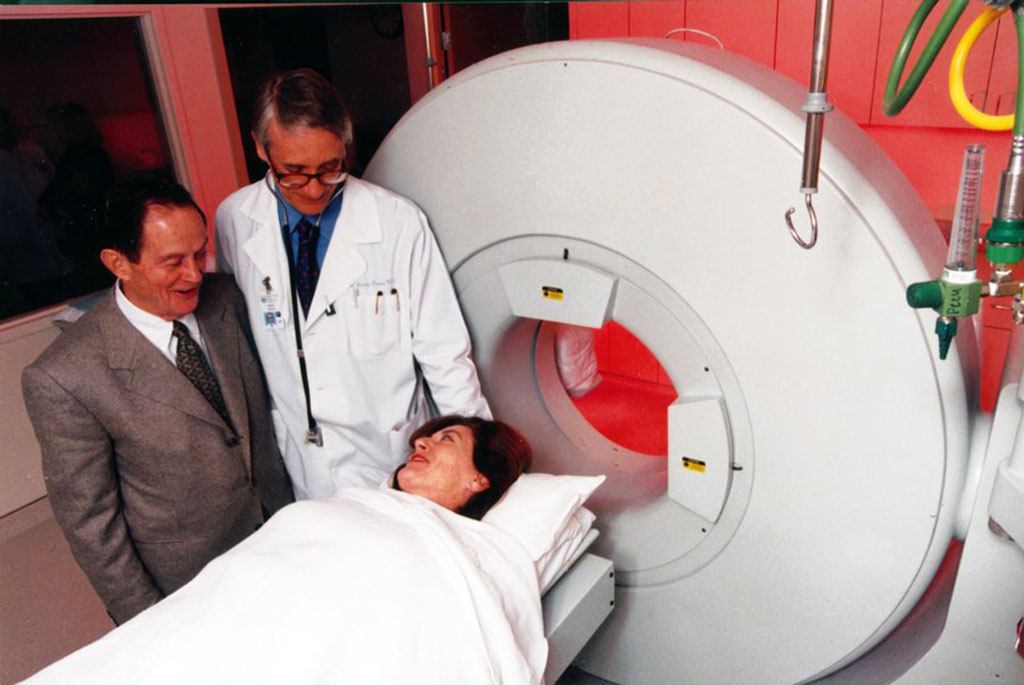PET Imaging More Effective than Angiogram for Determining Need for Coronary Stents or Bypass Surgery
Posted on 01 Dec 2022
Most forms of heart disease cause myocardial damage. Myocardial ischemia occurs when blood flow to the heart is reduced, preventing the heart muscle from receiving enough oxygen. When myocardial ischemia affects the deep, or subendocardial, layer of the left ventricular muscle, it is known as subendocardial ischemia. Subendocardial ischemia is commonly diagnosed in patients with cardiovascular disease, but it is not quantified by current imaging tools. The angiogram – an X-ray test that helps doctors evaluate blockages in the arterial system – shows how to do stents or bypass surgery, but not whether those procedures should be done at all.
Now, researchers at The University of Texas Health Science Center at Houston (Houston, TX, USA) have used positron emission tomography (PET) imaging technology to map coronary blood flow and its outcomes – namely, subendocardial ischemia – among patients with heart disease. The new method for determining whether patients with heart disease need coronary stents or bypass surgery is more effective than the angiogram, which is currently used, according to the researchers. The latest study confirmed the findings of their previous research by proving the PET threshold of severity at which stents and bypass surgery improve survival compared to medical treatment alone.

“The cumulative data reveals that all randomized trials of coronary stents and bypass surgery have failed to improve survival after revascularization due to profoundly flawed patient selection based on the angiogram,” said K. Lance Gould, MD, professor and the Martin Bucksbaum Distinguished University Chair in Heart Disease with McGovern Medical School at UTHealth Houston, who was first author on the study and led the team of researchers. “Thus, the coronary angiogram is not the gold standard for determining stents or bypass surgery, but rather, quantitative myocardial perfusion by PET is the gold standard.”
Related Links:
UTHealth Houston














